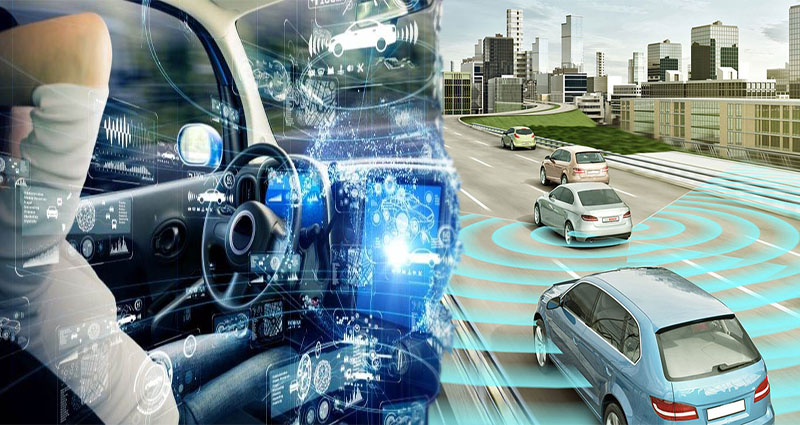The automotive industry is experiencing a radical transformation from a world of competition among peers to a collaborative and open ecosystem. This shift requires OEMs to align their skills to the challenges of the future, including cybersecurity, data privacy, and continuous product updates. To be successful in this new world, they must differentiate their products, reinvent their value proposition, and move beyond traditional car sales and maintenance.
McKinsey’s Senior Expert in Cologne, Timo Moller, explores these trends.
Manufacturing revolution
The fourth industrial revolution is expected to begin in the automotive industry, which is already at the forefront of new technologies. Historically, the industry has pioneered new manufacturing techniques, mass production and lean production. It is one of the largest industries, and contains around 40% of the world’s operational robots. It also employs a high proportion of unskilled workers. Advances in manufacturing technology have streamlined many processes and lowered labor costs.
Connected systems
The Automotive Industry is poised for rapid change, and game-changing disruption is just around the corner. However, no comprehensive perspective exists on what the future might hold. Here, eight key perspectives on what the automotive industry will look like in the next ten to fifteen years. These trends will be shaped by new technologies and consumer habits, and they are already shaping the industry today. For automotive leaders, it’s critical to understand these trends and prepare for the changes ahead.
Lightweight materials
Automotive lightweighting strategies are based on cost, performance, and sustainability. Considering these factors, these trends create an enormous demand for lightweight components. Lightweight materials are evaluated as part of circular economy solutions. The methods used to develop advanced lightweight materials cover structural efficiency and economic impacts. The trends also discuss how to select eco-friendly materials and incorporate substitution rules into the design. The future of lightweight components depends on the combination of multiple materials and their performance.
Autonomous vehicles
With the increasing use of autonomous vehicles on the road, manufacturers must find ways to make them safer. Despite a few setbacks, the technology is a major step forward. With the help of autonomous driving technologies, manufacturers can make their cars safer and save time.
These cars will be able to make decisions based on their own data. The technology will need to be tested on public roads before it can be put into production.
Revenue pool diversification
Automotive suppliers have become a major part of the financial portfolios of financial investors, but their revenue structure is only moderately diversified. Currently, 50% of respondents generate the vast majority of their revenue from their automotive core business, but almost half of these companies have already ventured into non-automotive terrain in the past five years.
Further, even more auto suppliers are attempting to diversify into non-automotive areas.
Global warming
If we continue at the current pace, climate change will significantly increase our carbon footprint. The automotive industry is no exception. In fact, the industry is already facing fundamental changes. The world’s top 25 automakers lag far behind the Paris target of limiting global warming to 2degC, and the industry’s emissions have not significantly improved in five years.
Global warming is a real and growing threat, and a global effort is needed to curb its effects.





